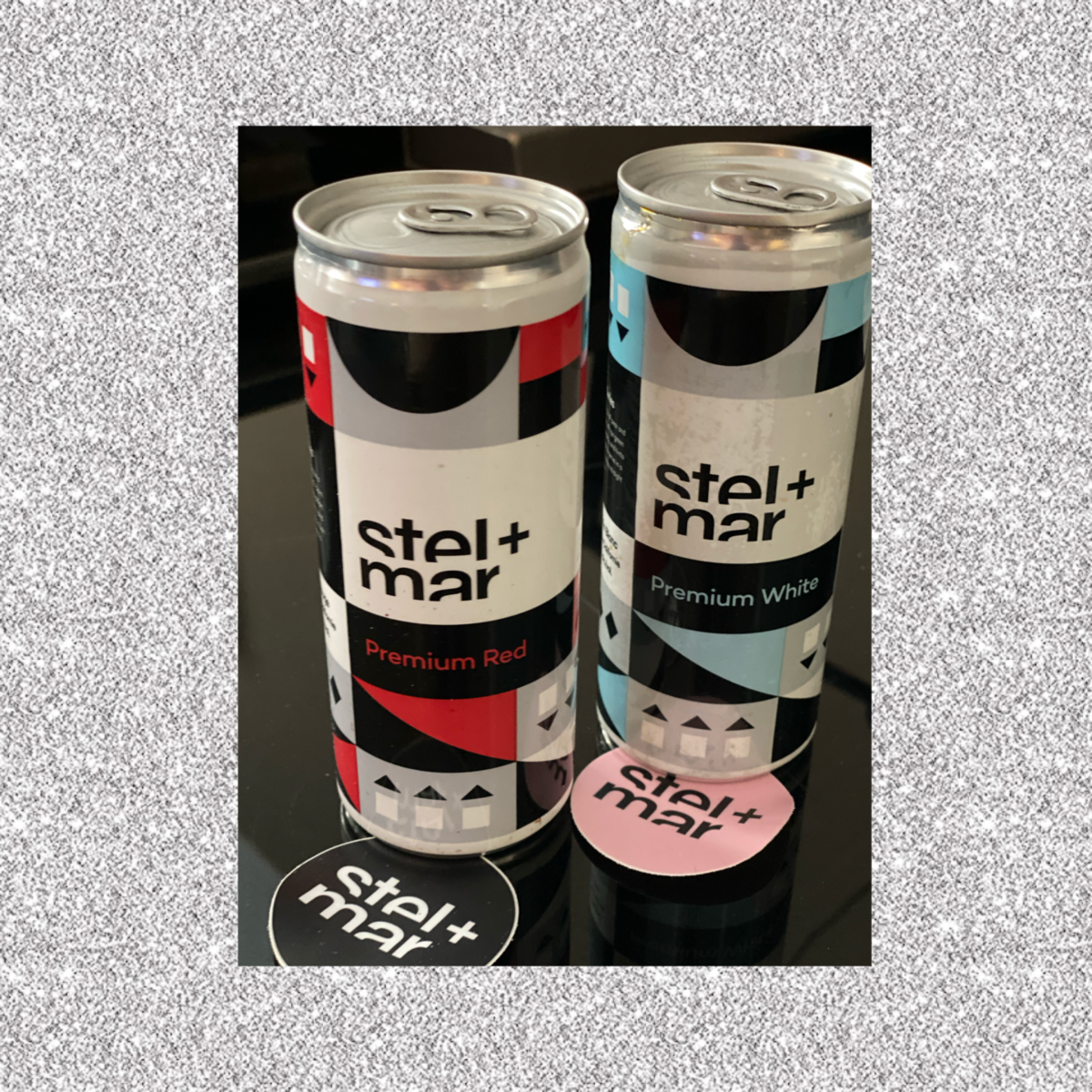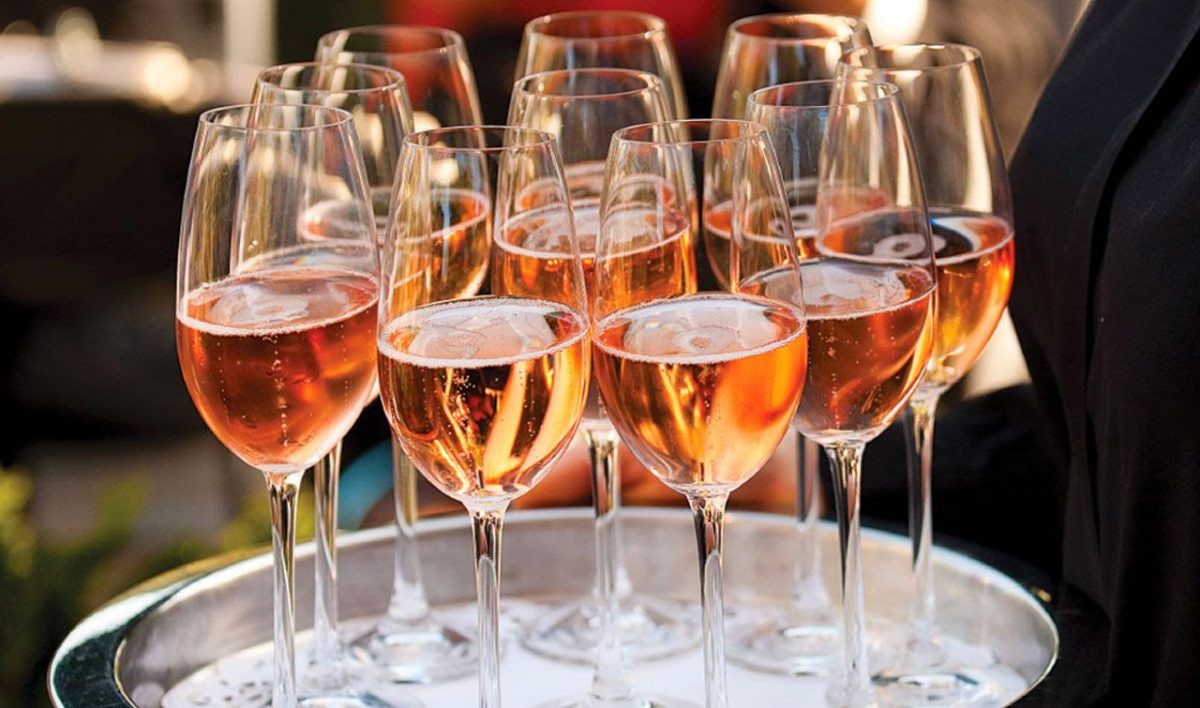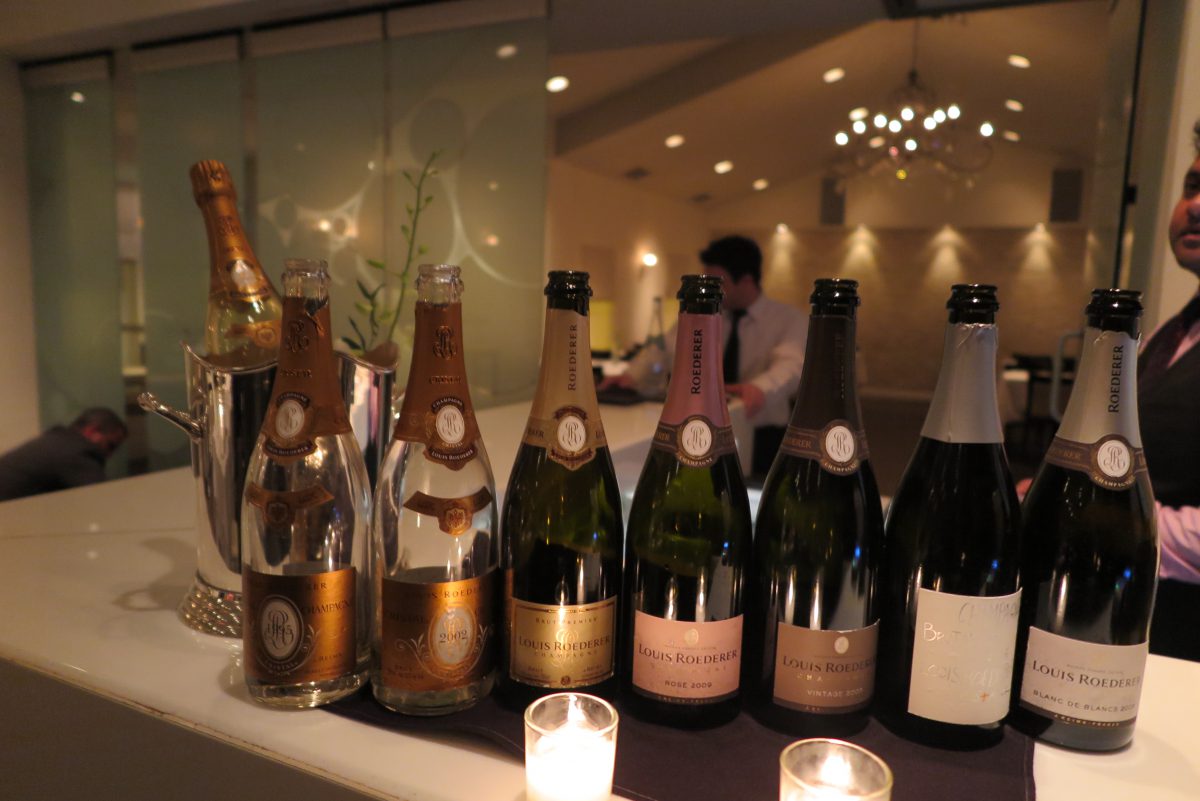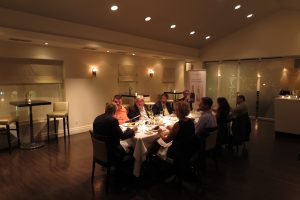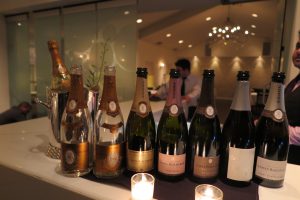What’s wrong with selling wine in a can? It was not too long ago when traditionalists thought screw caps on wine bottles were a total outrage to an industry cloaked in tradition. And look at us now; twisting that screw cap with glee and patting ourselves on the back that the screw cap invention protected the cork trees.
Wine in a can is no gimmick. It began in about 2004 with Francis Ford Coppola Winery producing “Sofia”, a blanc de blanc sparkling wine in a can. It has been growing steadily since then and canned wine was a $50 million business in the US last year. It seems to be falling somewhere between the box wine of student days and elegant, gifting wine in bottles. We accepted beer in a can, followed by other premium beverages in a can like cocktails, sake, and craft beer, what’s stopping us from embracing the wine in a can trend?
So why is this new format drawing so many consumers? Firstly, it is mainly the millennial generation that is attracted to wine in a can. This grouping of people is usually drawn to products of convenience, accessibility, approachability, especially when purchasing wine.
Canned wine ticks all those boxes and so many more:
- Ease of use: simple to take anywhere, takes up little space, is practically a single-serve unit, no mess
- Environmentally friendly: the product has a lower carbon footprint because of transporting its reduced weight as well as space efficiency. Aluminum cans are also far easier to recycle than glass
- Faster chilling: making this product practically instant
- Adaptability: canned wine can be used in places where glass is normally banned like in parks and swimming pools
- Price: due to reduced costs of packaging and transport
It is now a question of premiumization. Consumers, especially the millennials do not want lower quality products, in any format. The challenge is to prove that canned wine can exceed the consumer’s expectations and deliver a quality wine, regardless of its format. One way is to encourage the consumer to drink the wine out of a glass and not from the tin. There is still the old myth: “won’t it taste like metal?”.
Age ability is the other difference. Wine in a can is meant for immediate consumption. There are currently no trials or stats to see what the aging process in a can might be, so for now, the wine in your cellar will remain in a bottle, but the wine in your picnic hamper may well be in a can.
Stel + Mar sent us some samples of their wine in a can. The Stel + Mar strap line is “premium wine in a can” and I was not disappointed.
The Premium White is a 250ml Californian Chardonnay at 14.5% alcohol. It is quite delightful. I tasted it, enjoyed it thoroughly and poured the rest of the can into my glass to enjoy as I wrote this piece.
Tasting Notes: Aromas of fresh nectarine, lemongrass and a refreshing honeysuckle note make it a very appealing everyday tipple.
The Premium Red is a Californian Zinfandel and has classic varietal typicity.
Tasting Notes: Blackberries and rose petals with dark cherries and cinnamon. It’s heavy enough to satisfy but light enough to glug.
I am a fan of wine in a can. It’s a growing business and is to be ignored at your peril.
Stel + Mar Website: https://stelandmar.com/
Jenny Ratcliffe-Wright Cape Wine Master

